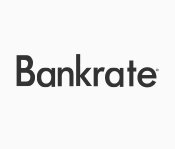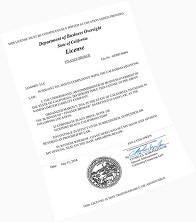Overview: Know
Your Value
A home equity loan allows you to use the value stored in your home to borrow money, even if you’re still making a monthly house payment. Because the home acts as collateral for the loan, interest rates are lower than most credit cards or other personal loans. The funds can be used for whatever you like, although typically this sort of loan is used for major renovation or repairs, tuition, or other major but forward-looking expenses. A home equity loan to pay off debt or consolidate existing obligations into a single, more manageable monthly payment is also considered appropriate. These are versatile loans, but not to be taken out lightly. This is your home, after all.
Most lenders won’t consider a home equity loan unless you’ve paid off at least 15% - 20% of the value. Your house equity is the current value of the home minus the amount you still owe. If your home is currently worth $200,000, for example, and you owe $125,000 (not counting interest), your house equity is $75,000. You won’t generally be able to borrow the full amount, but with decent credit lenders usually consider loans of up to 80% of your current equity. There are upfront fees for setting up a home equity loan, so it’s important to look at the total cost of borrowing and not just the amount being borrowed. Some lenders will allow you to roll these fees into the loan itself, but this increases the amount on which you’ll be paying interest and thus makes the loan more expensive.
Because your home is acting as collateral, home equity loans are sometimes referred to as a “second house mortgage” or simply a “second mortgage.” This is an important point because, just as with your initial mortgage, failure to repay the loan can lead to your home being taken over by the lender. Interest rates tend to be slightly higher than your initial mortgage, but still quite favorable compared to credit cards or many other types of loan. Although the property serves as collateral for the loan, your credit score still has an impact on what sort of rate you’re likely to be offered.














